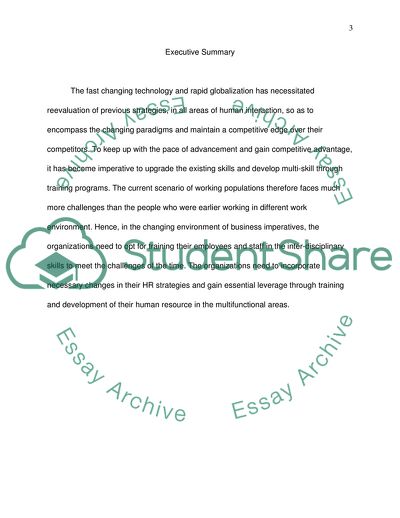Cite this document
(An Idea of Cross-Training Employees Research Paper, n.d.)
An Idea of Cross-Training Employees Research Paper. https://studentshare.org/human-resources/1736974-a-propsal-to-cross-training-employees
An Idea of Cross-Training Employees Research Paper. https://studentshare.org/human-resources/1736974-a-propsal-to-cross-training-employees
(An Idea of Cross-Training Employees Research Paper)
An Idea of Cross-Training Employees Research Paper. https://studentshare.org/human-resources/1736974-a-propsal-to-cross-training-employees.
An Idea of Cross-Training Employees Research Paper. https://studentshare.org/human-resources/1736974-a-propsal-to-cross-training-employees.
“An Idea of Cross-Training Employees Research Paper”. https://studentshare.org/human-resources/1736974-a-propsal-to-cross-training-employees.


